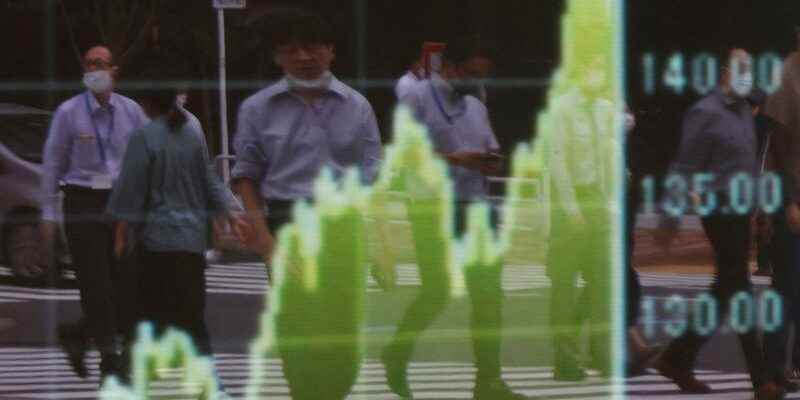Such a move could send the Japanese currency further down from 24-year lows hit in recent weeks, as investors focus on the widening gap between Japan’s ultra-low interest rates and aggressive plans to hike rates. US Federal Reserve rate.
At the two-day meeting ending Thursday, the BOJ is expected to leave unchanged its target of -0.1% for short-term interest rates, and 0% for the yield on 10-year government bonds in the as part of its Yield Curve Control (YCC) policy.
Markets are focused on whether the BOJ will make changes to its forecasts for short and long-term interest rates which are expected to remain at their “current or lower” levels, as well as its promise to increase stimulus ” without hesitation” taking into account the economic impact of the COVID-19 pandemic.
“Making significant changes to BOJ guidance could fuel market speculation of an early exit from the CJC, and cause major disruptions in the bond market,” said Naomi Muguruma, chief bond strategist at Mitsubishi UFJ Morgan Stanley Securities. .
“It’s something the BOJ will probably avoid this time around,” she added. “With other central banks raising rates, the BOJ’s negative rate policy will be in the spotlight and could trigger further yen selling.”
The BOJ rate review will be the first for Hajime Takata and Naoki Tamura, who joined the nine-member board in July. They succeeded former commercial banker Hitoshi Suzuki and economist Goushi Kataoka, a staunch proponent of aggressive easing who consistently voted against holding rates.
A unanimous vote would suggest that the two newcomers are unlikely to rock monetary policy for the time being.
Core consumer price inflation in Japan accelerated to 2.8% in August, beating the BOJ’s 2% target for a fifth consecutive month, as pressure on commodity prices and fall of the yen have tensed.
But BOJ Governor Haruhiko Kuroda ruled out the possibility of a short-term withdrawal of stimulus, saying wages need to rise further to sustainably hit his 2% inflation target.
Kuroda’s dovish message helped weaken the yen, contradicting government efforts to slow the currency’s decline with verbal threats to intervene to buy yen.
Once hailed for boosting exports, a weak yen has become a headache for Japanese policymakers as it drives up the cost of importing fuel and already expensive raw materials.
The world’s third-largest economy grew 3.5% annualized in April-June, but its recovery has been hampered by a resurgence in COVID-19 infections, supply constraints and rising commodity costs .
